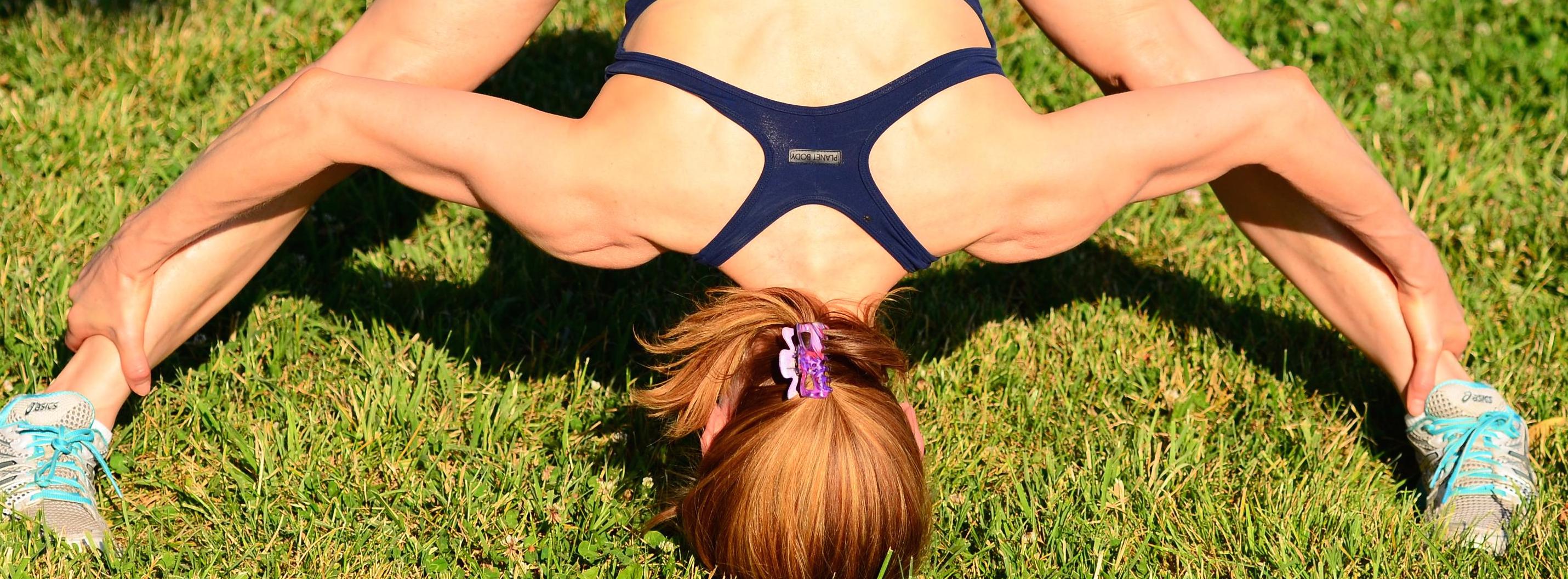A Wall Street Journal article on December 2, 2014 (1,2) prompted a client to e-mail and ask:
“Does stretching work?”
I took a look and thought the article to be one of the best so far written in a major media source regarding stretching.
Stretching has gotten a bad rap lately.
When asked the question: “Does stretching prevent injury in athletes?” the research has not been able to come up with an unequivocal “yes” or “no”. Most of the studies the media has covered of late, had high school or college athletes as subjects. In addition, the students stretched intensely, usually for over 40 seconds, and then immediately went into competition. Studies that reported negative results on stretching did not rule out the possibility that the students had overstretched and/or had insufficient time for muscles to recover from stretching before performing fast, powerful moves in competition with the same muscles.
Most of my clients are not the high school, or college athletes
that the latest research has studied, nor are they in the intense athletic situations the subjects were tested in. Neither am I.
What most of us care about is
whether or not there’s a reason to put our precious time into stretching before or after a workout.

In the article by the Wall Street Journal “Does Stretching Prevent Injury in Exercise“
the professor of sports medicine at the University of Virginia, Dr. Jay Hertel, explains the benefits of stretching similarly to how I explain them to my clients.
“That act (stretching) should maximize the joint’s range of motion, which is a good thing.”
and this can give you more power in your movements, Dr. Hertel explains.”The greater range of motion you have, the more likely you’ll be able to generate more force, which may make you run faster or jump higher.”
I will add to this, the following 3 points of my own:
The better range of motion you have in your joints, the easier your joints can move
– and move without pain.
When muscles are tight, the joints are also affected
as they are usually pulled or shifted out of alignment. One tight muscle area can create a chain reaction across a larger area of the body, causing misalignment and pain in several joints (3). Keep all of your muscles equally stretched and your joints will be at their healthiest.
When you are flexible, you are less likely to get injured in real life
-sports games aside.
Imagine slipping unexpectedly on a slick surface and your right foot comes forward and out from under you. If you keep your left foot planted, your right hamstring, left hip flexor, right gluteals and low back will be forced into an extreme stretch. If you’re stretched and flexible, you’ll be more likely to withstand the event without a tear.
Not to mention, if you have strength through your full range of motion, you’ll be able to contract your muscles from the stretched position and pull yourself back up to standing with little to no consequences. And if you have balance on top of all that, you’re golden.
On the other hand, if you are not flexible but tight, all the same areas of the body will be more likely to pop, pull, or tear in this situation.
Share your thoughts and comments below.
Have you ever been in a position where you knew if you weren’t flexible you would’ve injured yourself?
Or, have you ever gotten an injury you might have avoided if you were more flexible?
Photo Credit: Engineman Drew
References and supplemental readings:
1. Wall Street Journal Does Stretching Prevent Injury in Exercise http://www.wsj.com/articles/does-stretching-prevent-injury-in-exercise-1417458228
2. Video: Wall Street Journal Does Stretching Prevent Exercise Injuries http://www.wsj.com/video/does-stretching-prevent-exercise-injuries/1C22251A-E929-4D7A-8C36-E203EE13AD33.html
3. For Healthy Knees, Exercise Your Glutes and Hips http://u03.4e4.myftpupload.com/Hips for-healthy-knees-exercise-your-glutes-and-hips
4. What’s the Best Way to Warm Up for Exercise? http://u03.4e4.myftpupload.com/best-way-to-warm-up-for-exercise

